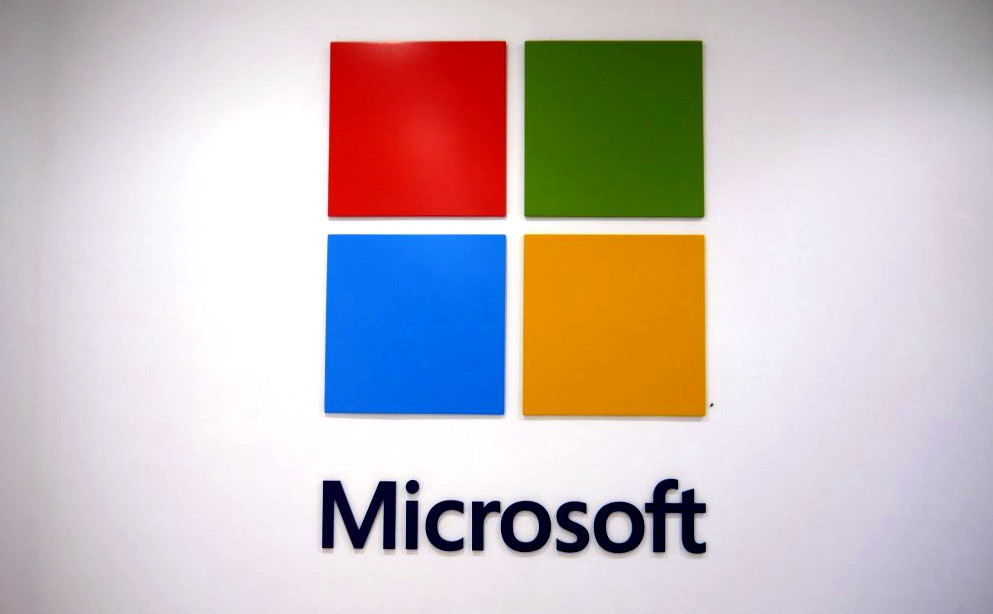 Microsoft has discontinued its lineup of wearable devices after launching the Microsoft Band 2. However, the company seems to be planning a comeback. A new patent file named “WEARABLE DEVICE” was published by USPTO and filed by Microsoft in June 2017. The patent details a wearable device that has actuators which are adjustable in terms of their duty cycle, power and/or position based on sensor data. The actuators in the wearable device are adjustable relative to one another in terms of their position and in various examples, the actuators may be adjustable relative to one another in terms of their duty cycle, power and/or position based on sensor data. The Microsoft wearable device uses a haptic actuation for therapeutic stimulation and in various examples, the wearable device may be worn close to a joint and used to affect the involuntary movement of the joint or limb. it may be used to alleviate some symptoms of a condition which affects motion or control of the limbs and one example is Parkinson’s disease. Symptoms of Parkinson’s disease typically include tremors; involuntary shaking of parts of the body, such as the hand, slow movement, and stiff and inflexible muscles. Source | Via
Microsoft has discontinued its lineup of wearable devices after launching the Microsoft Band 2. However, the company seems to be planning a comeback. A new patent file named “WEARABLE DEVICE” was published by USPTO and filed by Microsoft in June 2017. The patent details a wearable device that has actuators which are adjustable in terms of their duty cycle, power and/or position based on sensor data. The actuators in the wearable device are adjustable relative to one another in terms of their position and in various examples, the actuators may be adjustable relative to one another in terms of their duty cycle, power and/or position based on sensor data. The Microsoft wearable device uses a haptic actuation for therapeutic stimulation and in various examples, the wearable device may be worn close to a joint and used to affect the involuntary movement of the joint or limb. it may be used to alleviate some symptoms of a condition which affects motion or control of the limbs and one example is Parkinson’s disease. Symptoms of Parkinson’s disease typically include tremors; involuntary shaking of parts of the body, such as the hand, slow movement, and stiff and inflexible muscles. Source | Via
Check for tech updates, mobile phone launches, specifications and features of mobile phones, top best apps and lot more.
Advertisements
Monday, 17 December 2018
Microsoft patents hint at a wearable device with actuators
 Microsoft has discontinued its lineup of wearable devices after launching the Microsoft Band 2. However, the company seems to be planning a comeback. A new patent file named “WEARABLE DEVICE” was published by USPTO and filed by Microsoft in June 2017. The patent details a wearable device that has actuators which are adjustable in terms of their duty cycle, power and/or position based on sensor data. The actuators in the wearable device are adjustable relative to one another in terms of their position and in various examples, the actuators may be adjustable relative to one another in terms of their duty cycle, power and/or position based on sensor data. The Microsoft wearable device uses a haptic actuation for therapeutic stimulation and in various examples, the wearable device may be worn close to a joint and used to affect the involuntary movement of the joint or limb. it may be used to alleviate some symptoms of a condition which affects motion or control of the limbs and one example is Parkinson’s disease. Symptoms of Parkinson’s disease typically include tremors; involuntary shaking of parts of the body, such as the hand, slow movement, and stiff and inflexible muscles. Source | Via
Microsoft has discontinued its lineup of wearable devices after launching the Microsoft Band 2. However, the company seems to be planning a comeback. A new patent file named “WEARABLE DEVICE” was published by USPTO and filed by Microsoft in June 2017. The patent details a wearable device that has actuators which are adjustable in terms of their duty cycle, power and/or position based on sensor data. The actuators in the wearable device are adjustable relative to one another in terms of their position and in various examples, the actuators may be adjustable relative to one another in terms of their duty cycle, power and/or position based on sensor data. The Microsoft wearable device uses a haptic actuation for therapeutic stimulation and in various examples, the wearable device may be worn close to a joint and used to affect the involuntary movement of the joint or limb. it may be used to alleviate some symptoms of a condition which affects motion or control of the limbs and one example is Parkinson’s disease. Symptoms of Parkinson’s disease typically include tremors; involuntary shaking of parts of the body, such as the hand, slow movement, and stiff and inflexible muscles. Source | Via
-
Here are the social profile links that I have worked on for Backlinks https://docs.google.com/presentation/d/1gAvVQYafqO_jWsSIz3N95Sy3q5KAx...
-
The Optimus L4 II E440 owners may also want to keep their device up-to-date. So we thought of giving you a tutorial of how to upgrade Opt...
-
Vivo launched the vivo V17 smartphone late last year in India with a Super AMOLED display, 32MP in-screen camera, and more. The successor t...